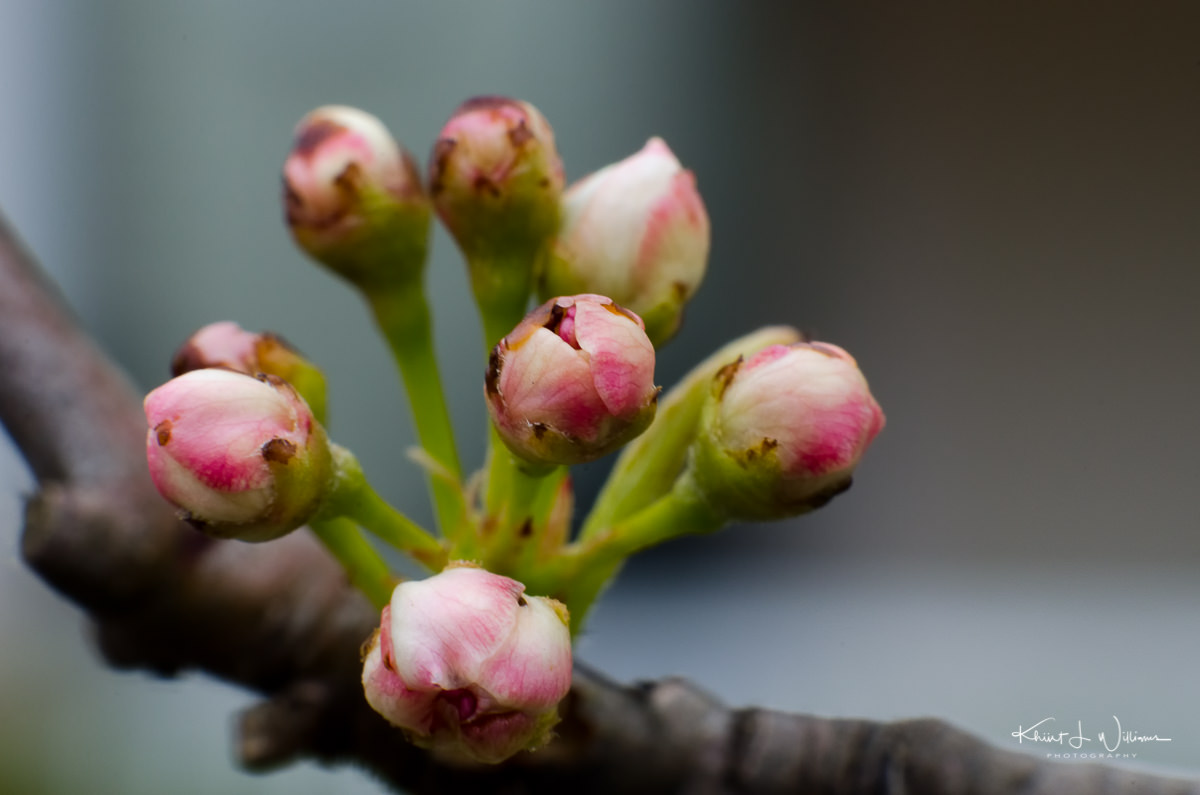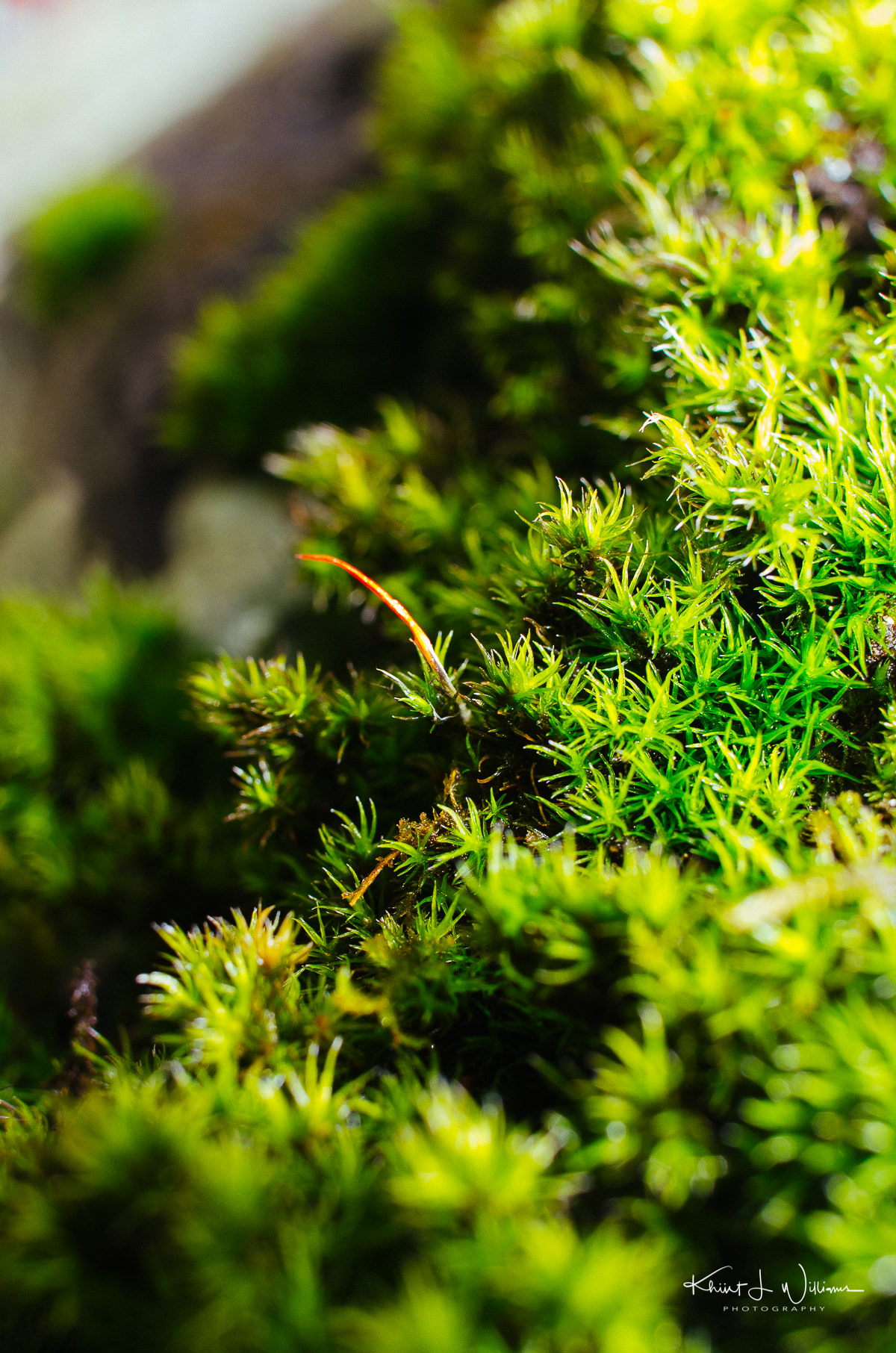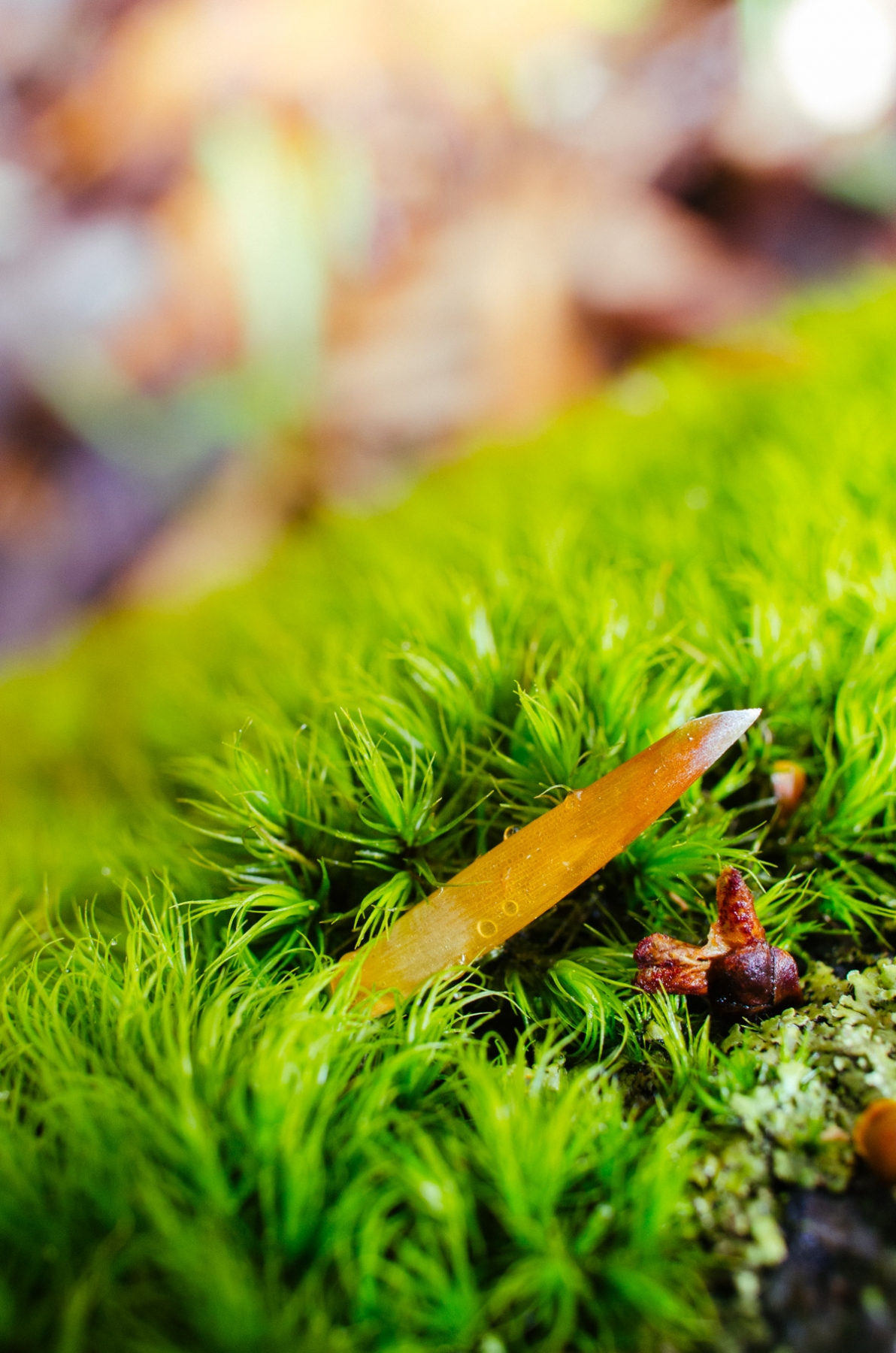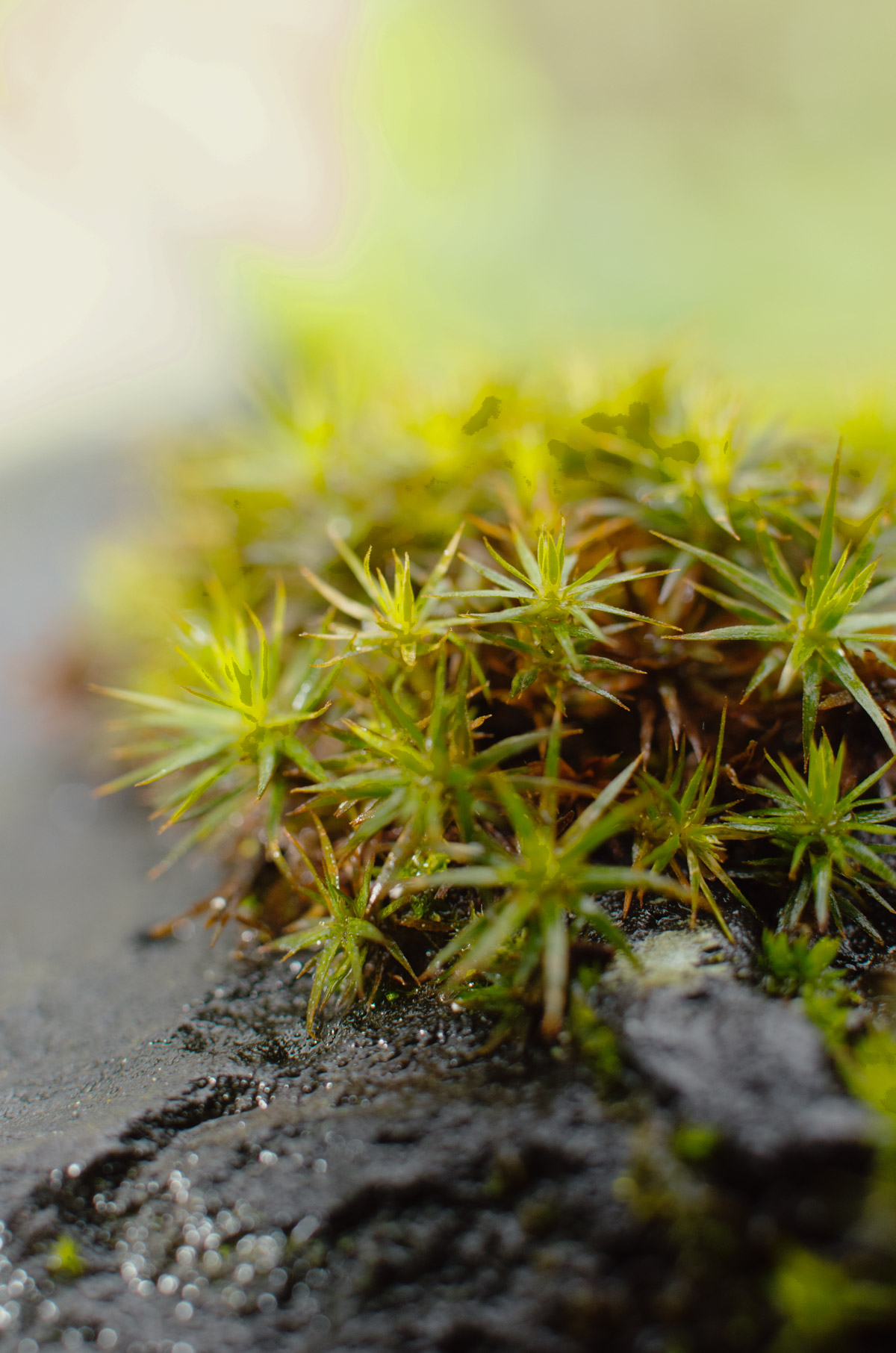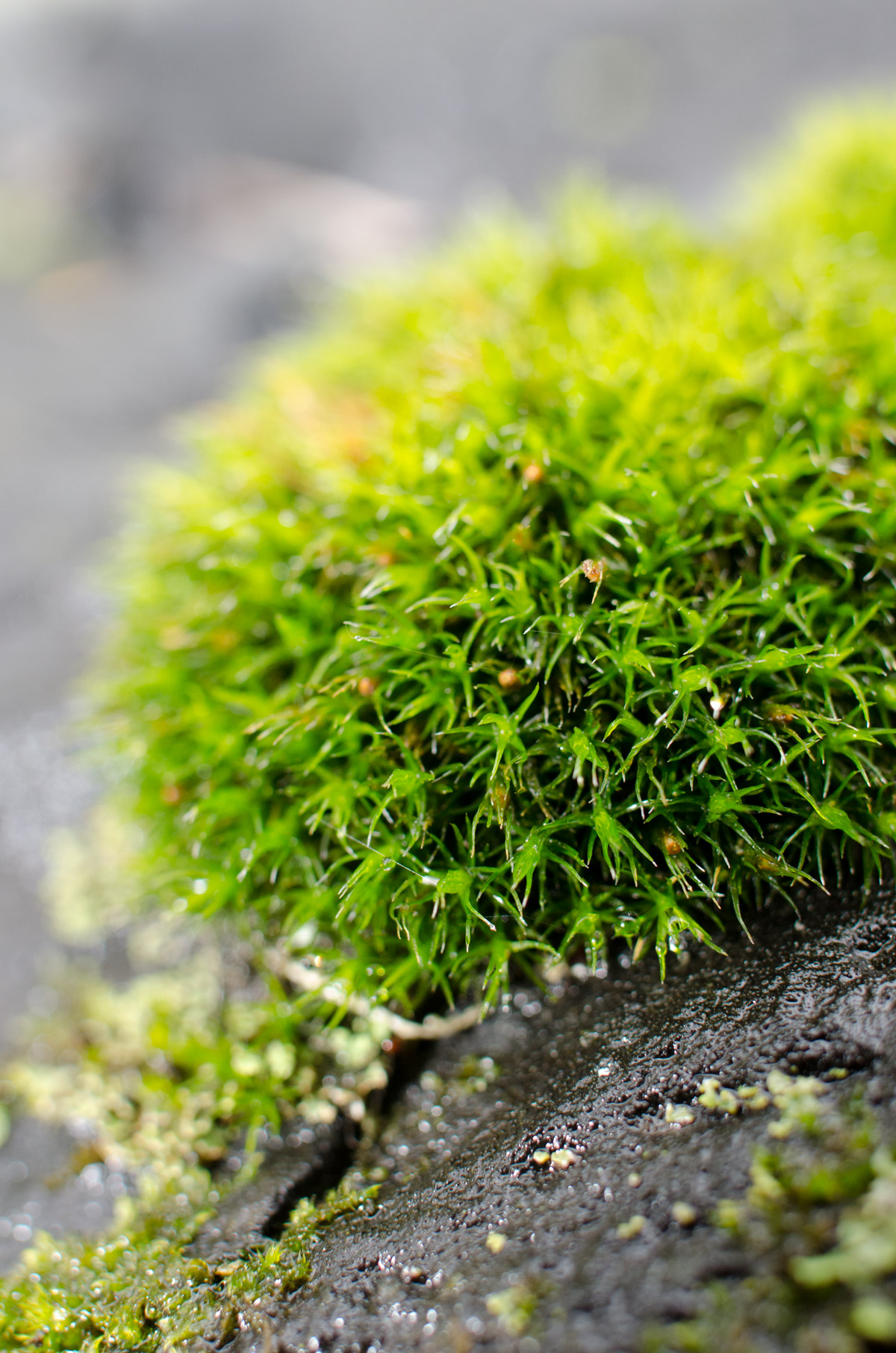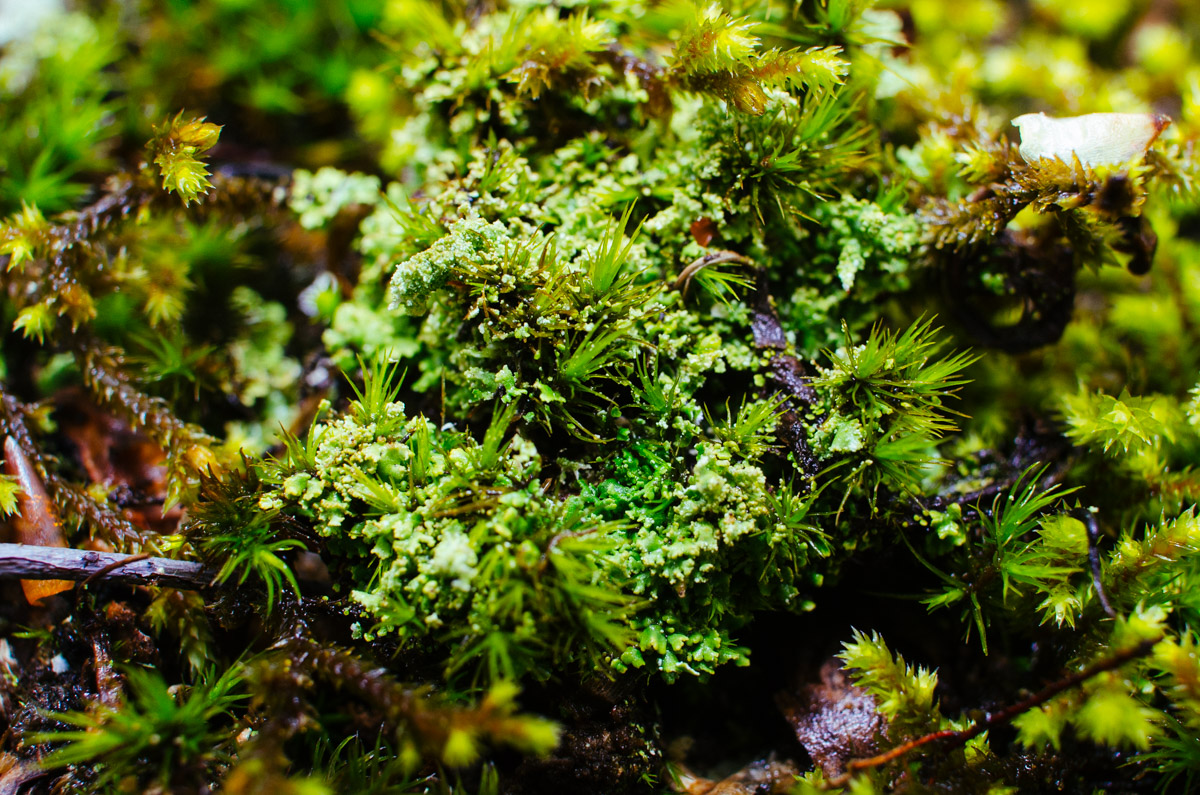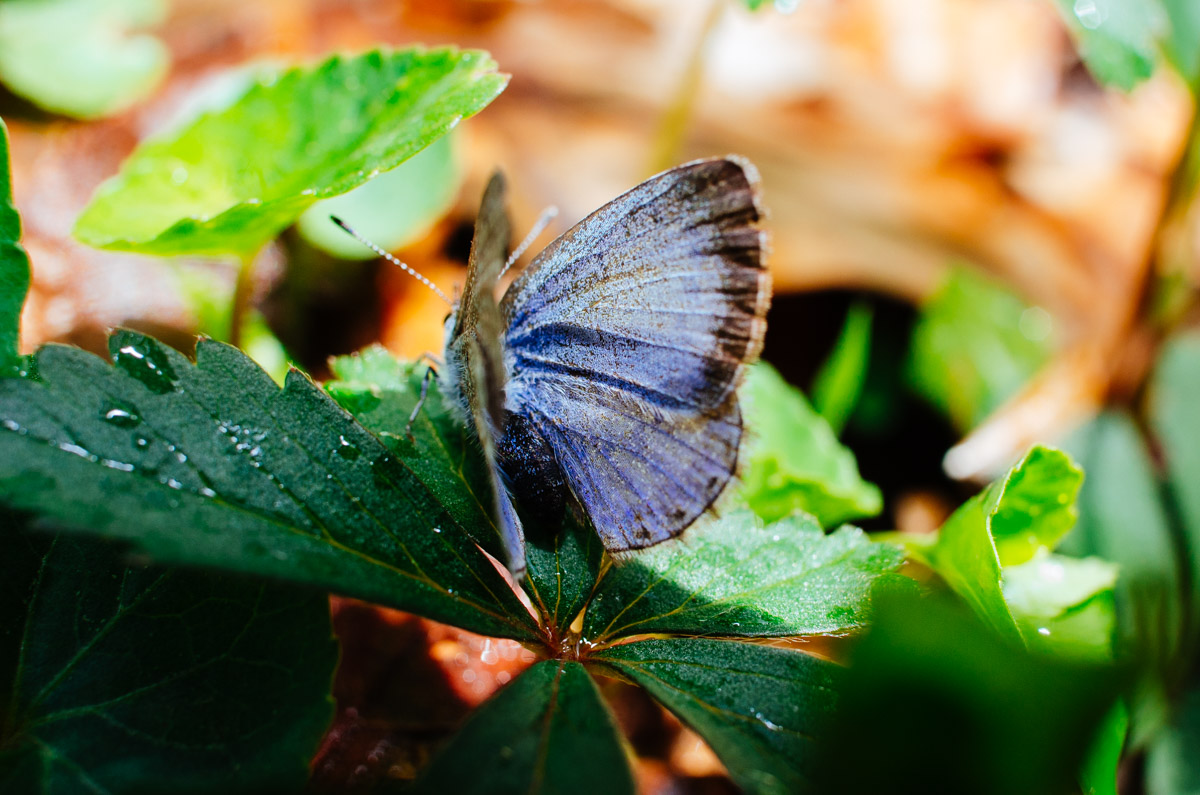Macro Moments was created by avid macro photographer Susan Gutterman to share the beauty of macro photography and learn from other photographers. A new challenge begins on the 1st and 3rd Wednesday of each month. The winner’s photo may be featured on her blog and used as the banner in the announcement for the next challenge.
Susan Gutterman has invited me to participate in a bi-weekly Macro Moments photography challenge. If I may paraphrase Susan, Macro Moments is a place to share the beauty of macro photography and learn from each other. A new challenge begins on the 1st and 3rd Wednesday of each month. Susan announces the winner from the previous challenge when posting the new challenge. The winner’s photo may be featured on her blog and used as the banner in the announcement for the next challenge.
The theme is Spring has Sprung. That coincides well with my Spring post from Sunday. That post was an entry for the weekly theme-based challenge by Frank Jansen.
I mostly shoot on the weekends. On Weekdays I am occupied with work. We have had one sunny day this week, and I captured some images of the crocus poking through the dirt. It was windy yesterday, and I had a real struggle with my small subject vibrating in the wind. Hopefully, I'll have something worthy to post before April 4th.
I had hoped to share a new photo, but ... spring has only just begun in this area. Two weeks ago, snowstorm Stella dumped about eight inches of snow in the Princeton area. There is still ice and snow on the ground, but I expect that today's rain will melt the rest.
The photograph I am sharing today was taken in April of 2016. I was on a hike in the Sourlands Ecosystem Preserve in Hopewell, New Jersey. The hike was hosted by the Sourland Conservancy. I had just bought a set of Kenko auto-extension tubes and used the hiking opportunity to practice.
A lichen is a composite organism that arises from algae or cyanobacteria (or both) living among filaments of a fungus in a symbiotic relationship. The combined life form has properties that are very different from the properties of its component organisms.Lichen on Wikipedia
When shooting this lichen, the challenge for me is that they were often found in damp areas of the woods and low to the ground. This sometimes precluded the use of a tripod. But included soiling my clothing. This patch of lichen was on a log that had fallen among the leaves and ground cover. Using the tripod was difficult. It was hard to get low down without kneeling in the mud and wet leaves. I opted to shoot handheld in aperture priority mode. I used my AF-S Nikkor 35mm f/1.8 DX at f/8 using my Nikon SB-600 Speedlight flash to provide additional light. My goal was to capture both gametophytes (the low, leaf-like forms) and sporophytes (the tall, stalk-like forms).
Since I started shooting macro with the Kenko extension tubes, I have discovered that the AF-S Nikkor 85mm f1.8G is better for shooting macro that the AF-S Nikkor 35mm f/1.8 DX. The 35mm focal point is so close to the lens that I risk scratching the glass. The 85mm puts the focal point about half a meter from the front of the lens.
Yesterday, while getting some coffee beans at a Buy the Cup in Rocky Hill, I stopped to capture some macro photos. The blossoms were starting to bud. I had my camera with me and snapped this image. I think it represents the topic. Spring has sprung.
